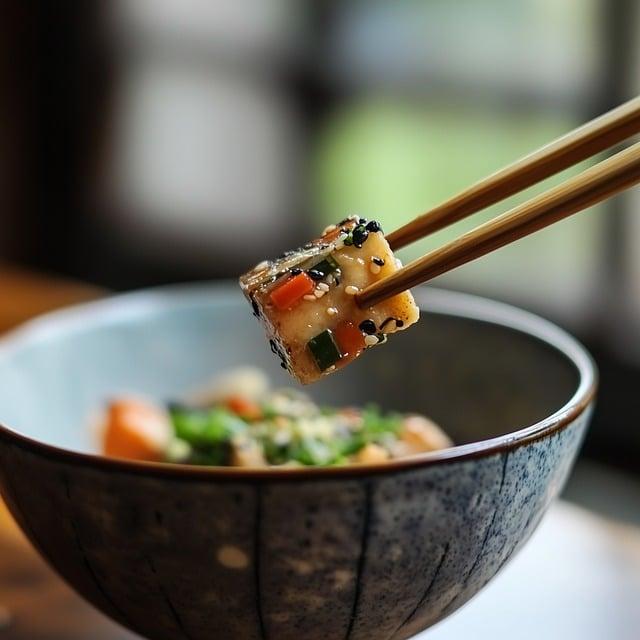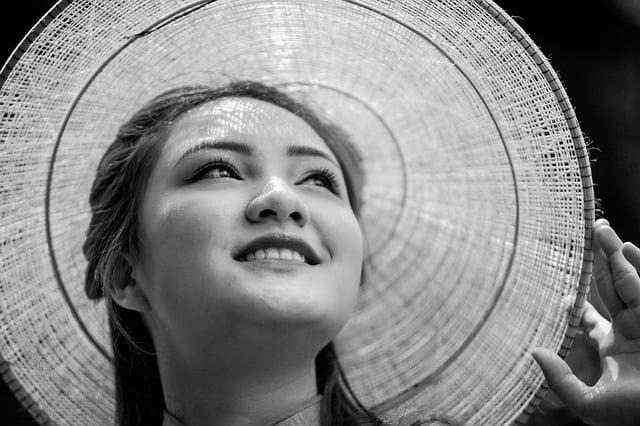In a bustling city, the aroma of roasted chestnuts filled the air as families prepared for Christmas. In the heart of the neighborhood, Mei hung vibrant lanterns alongside twinkling lights, blending traditions. Her grandmother stirred a pot of sweet rice cakes, while her brother strummed festive tunes on his guitar. As night fell, they gathered for a feast, sharing dishes from various cultures—kimchi, dumplings, and gingerbread. Laughter echoed as they exchanged gifts, each wrapped in love, celebrating the spirit of togetherness that transcended borders.
Table of Contents
- Exploring Diverse Traditions: Unique Christmas Celebrations Across Asia
- Culinary Delights: Festive Foods That Bring Families Together
- Cultural Fusion: Blending Western and Eastern Christmas Customs
- Community Spirit: How Asian Communities Embrace the Holiday Season
- Q&A
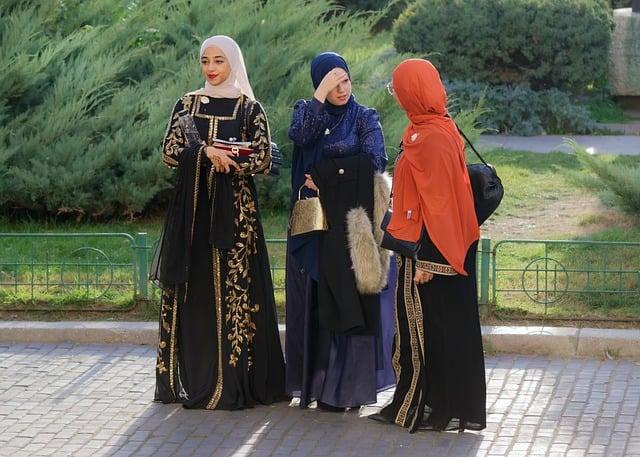
Exploring Diverse Traditions: Unique Christmas Celebrations Across Asia
Across Asia, Christmas is celebrated with a rich tapestry of traditions that reflect the diverse cultures and histories of the region. In the Philippines, the festive season kicks off with the “Simbang Gabi”, a series of early morning masses leading up to Christmas Day. Streets are adorned with colorful parols (star-shaped lanterns), symbolizing the Star of Bethlehem, while families gather to enjoy traditional delicacies like puto bumbong and bibingka. In contrast, Japan embraces a more commercialized version of the holiday, where Christmas is often seen as a time for couples to celebrate love. Festive illuminations light up cities, and many indulge in the unique tradition of eating KFC for Christmas dinner, a quirky custom that has become a beloved part of the holiday experience.
In South Korea, Christmas is a public holiday celebrated by both Christians and non-Christians alike. The streets are filled with vibrant decorations, and many people partake in the tradition of exchanging gifts and enjoying festive meals. A notable aspect of Korean Christmas is the emphasis on community, with many volunteering to help those in need during the season. Meanwhile, in India, Christmas is celebrated with a blend of local customs and Christian traditions. In states like Goa, vibrant parades and midnight masses are common, while in other regions, families decorate their homes with mango leaves and stars, showcasing a unique fusion of cultural practices. Each celebration, whether grand or simple, reflects the spirit of joy and togetherness that defines this special time of year across the continent.
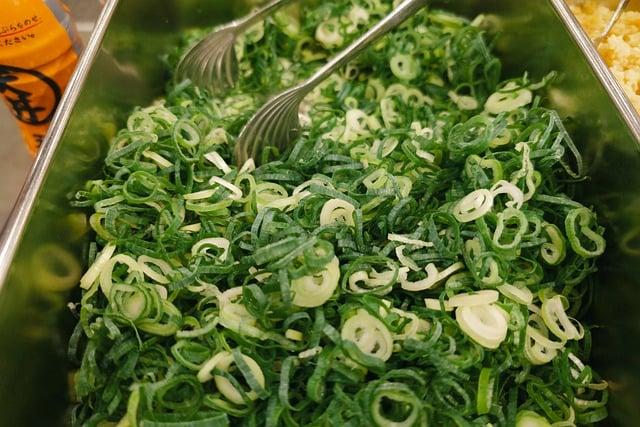
Culinary Delights: Festive Foods That Bring Families Together
During the festive season, families across Asia gather to celebrate Christmas with a rich tapestry of culinary traditions that reflect their unique cultures. In the Philippines, the holiday spirit is embodied in the iconic Lechon, a whole roasted pig that takes center stage at many gatherings. This dish is often accompanied by puto bumbong, a purple rice cake steamed in bamboo tubes, and bibingka, a rice cake topped with salted egg and cheese. In contrast, in Japan, Christmas is celebrated with a quirky twist, where families indulge in KFC meals, a tradition that has become a beloved part of their holiday festivities, often paired with a festive cake adorned with strawberries and whipped cream.
In other regions, such as Vietnam, the celebration is marked by a delightful array of dishes that showcase the country’s culinary heritage. Families often prepare Gà Nướng, or roasted chicken, marinated with aromatic spices, alongside Nem Rán, crispy spring rolls filled with a mix of meat and vegetables. Meanwhile, in South Korea, the holiday season is highlighted by a feast of Galbi, marinated short ribs grilled to perfection, served with an assortment of side dishes known as Banchan. These festive foods not only tantalize the taste buds but also serve as a means to strengthen family bonds, as loved ones come together to share meals and create lasting memories during this joyous time of year.
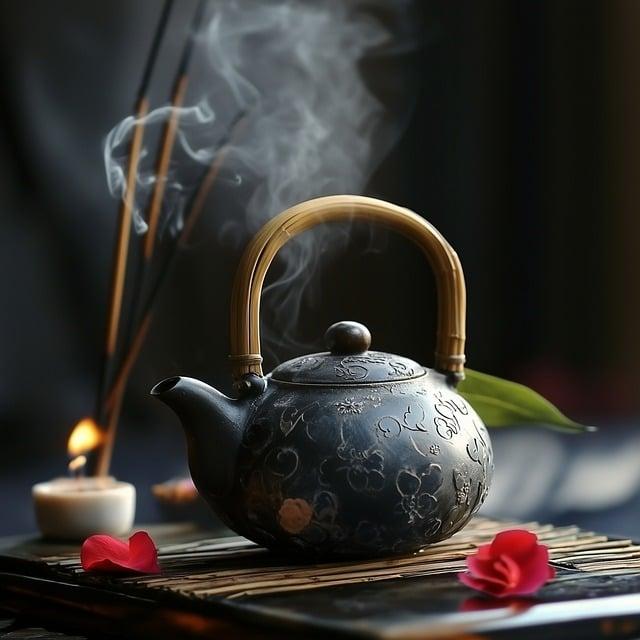
Cultural Fusion: Blending Western and Eastern Christmas Customs
As the holiday season approaches, the blending of Western and Eastern Christmas customs creates a vibrant tapestry of celebration that reflects the rich cultural diversity of Asia. In many Asian countries, Christmas is embraced with enthusiasm, even in places where it is not a traditional holiday. **Decorations** often include a mix of Western symbols like Christmas trees and Santa Claus, alongside local elements such as lanterns and traditional ornaments. In the Philippines, for instance, the iconic parol, a star-shaped lantern, illuminates homes and streets, symbolizing hope and joy during the festive season.
Food plays a central role in these celebrations, showcasing a delightful fusion of flavors and traditions. Families gather to enjoy a feast that may include **Western dishes** like roasted turkey or ham, alongside **local specialties** such as dumplings, rice cakes, or spicy curries. In countries like South Korea, Christmas is often celebrated with a unique twist, featuring fried chicken and beer as a popular meal choice. This culinary blend not only highlights the influence of Western customs but also honors local tastes, creating a festive atmosphere that is both familiar and distinctively Asian.

Community Spirit: How Asian Communities Embrace the Holiday Season
During the holiday season, Asian communities around the world come alive with vibrant traditions that blend cultural heritage with festive cheer. Families gather to celebrate not only Christmas but also the unique customs that reflect their backgrounds. In many households, you’ll find a delightful fusion of flavors as traditional dishes are prepared alongside seasonal favorites. **Feasting** becomes a central theme, with tables adorned with a variety of foods, from savory dumplings and spicy curries to sweet pastries and cakes. The act of sharing meals symbolizes unity and gratitude, reinforcing the bonds of family and friendship.
In addition to culinary delights, the spirit of giving is deeply ingrained in these celebrations. **Gift exchanges** are often accompanied by heartfelt notes and personal touches, emphasizing thoughtfulness over extravagance. Many communities also engage in **charitable acts**, donating to those in need or volunteering their time to help others, embodying the true essence of the season. **Decorations** play a significant role as well, with homes adorned in colorful lights and ornaments that reflect both Christmas and local traditions. This harmonious blend of customs not only enriches the holiday experience but also fosters a sense of belonging and community spirit that resonates throughout the season.
Q&A
-
Do all Asians celebrate Christmas?
No, not all Asians celebrate Christmas. The celebration varies widely depending on the country and its predominant religions. For instance, countries like the Philippines and South Korea have significant Christmas celebrations, while in predominantly Muslim countries, Christmas may not be widely observed.
-
What are some unique Christmas traditions in Asia?
Unique traditions include:
- Philippines: The “Simbang Gabi” or Night Mass, a series of nine dawn masses leading up to Christmas.
- Japan: Christmas is often celebrated as a romantic holiday, with couples enjoying special dinners and exchanging gifts.
- China: In some regions, Christmas is celebrated with decorations and feasts, but it is more of a commercial event than a religious one.
-
Is food an important part of Christmas celebrations in Asia?
Yes, food plays a significant role in Christmas celebrations across Asia. Families often prepare special dishes that may include traditional foods, sweets, and festive treats unique to their culture, such as lechon in the Philippines or KFC in Japan.
-
How do gift-giving customs differ in Asian Christmas celebrations?
Gift-giving customs can vary. In some cultures, gifts are exchanged among family and friends, while in others, it may be more common to give gifts to children. The emphasis on gift-giving can also be influenced by local customs and the commercialization of Christmas.
As the holiday season unfolds, the diverse ways Asians celebrate Christmas remind us that joy knows no boundaries. From vibrant traditions to unique culinary delights, these celebrations weave a rich tapestry of culture, uniting hearts across the globe.

大家好,我是彼得潘,專業的手法身體治療師。我喜歡探索和研究各種主題,並透過與人工智慧的合作分享專業、實用、有趣的文章。我們定期進行人工審核,以確保內容的準確性。如果您發現文章中有任何不準確的地方,請隨時與我們聯繫,我們會及時糾正。您可以透過 [email protected] 與我們聯繫。
